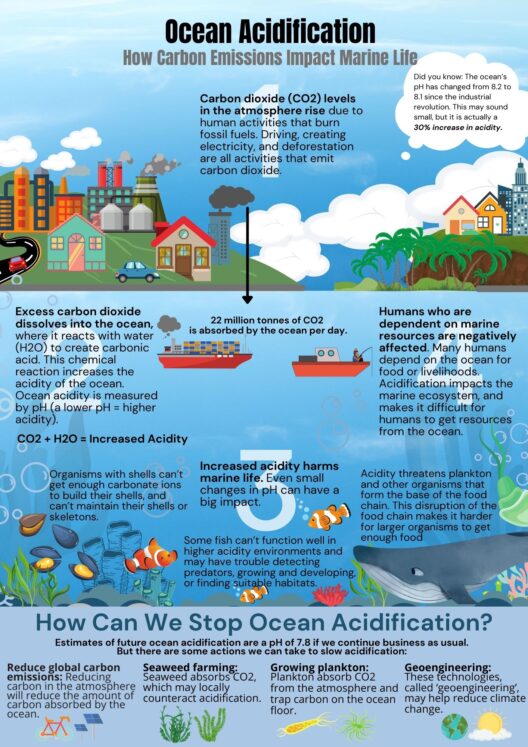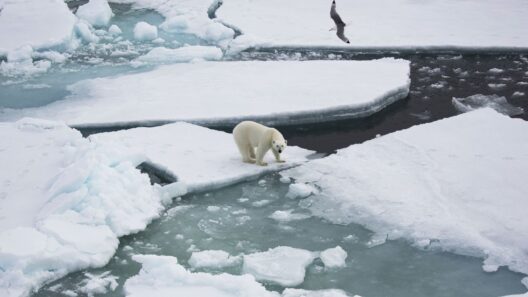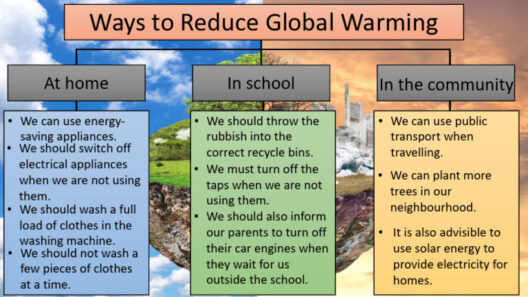As climate change becomes an increasingly pressing global issue, few nations are resonating with its implications quite like the Netherlands. Approximately one-third of the country lies below sea level, making it profoundly vulnerable to rising sea levels and extreme weather events exacerbated by global warming. This precarious situation demands a dual approach: an immediate, pragmatic response to the immediate threats, combined with a long-term reimagining of how society can coexist with water.
The historic relationship between the Dutch and water is both a tale of ingenuity and struggle. From the 17th century, when the Dutch mastered the art of land reclamation, to the modern-day fight against climate-induced flooding, the Netherlands has developed a wealth of knowledge and infrastructure designed to manage water levels. Iconic features such as dikes, canals, and polders epitomize this extraordinary heritage. Monitoring systems track weather patterns, and intricate engineering marvels keep the encroaching waters at bay. Yet, the very systems designed to protect have become a false sense of security in the face of escalating climate threats.
Climate scientists project that if current trends of global warming persist, river flooding and storm surges will spell disaster for low-lying regions worldwide, and the Netherlands stands at the forefront of this battle. The Intergovernmental Panel on Climate Change (IPCC) has issued alarming warnings, predicting a rise in sea levels that may eventually inundate vast expanses of land. Urban areas such as Rotterdam and Amsterdam, known for their rich cultural heritage and economic significance, could become increasingly difficult to protect. The rationale becomes clear: the nation must not only safeguard its shores but also innovate solutions that adapt to the reality of living with water.
One pivotal initiative is the Delta Works, a series of dams, sluices, locks, dikes, and storm surge barriers that have been established to protect the Dutch coastline. This ambitious engineering project is not just a temporary fix but a long-lasting commitment to resilience. Nonetheless, the task is ever-evolving as climate projections become more severe. Thus, it brings to light the need for a shift in perspective—the understanding that in some areas, it may be wise to allow certain regions to return to the sea while protecting more populous and economically vital areas. This philosophy, known as “managed retreat,” is slowly gaining traction among policymakers and urban planners.
Moreover, the nation grapples not only with rising seas but with the perils of extreme weather—from thunderstorms to heatwaves and prolonged droughts. Each event reminds citizens of their vulnerability in this era of climate upheaval. Winters may bring more precipitation, leading to increased flooding, while summers could experience unforeseen bouts of drought, testing the resilience of agricultural frameworks that have sustained the Netherlands for centuries. To combat these unpredictable challenges, adaptive strategies such as rainwater harvesting, green roofs, and urban green spaces are being integrated into societal planning, underscoring the vital role that sustainability plays in future urban settings.
However, adaptation alone may not suffice. The global community must also reckon with mitigation: curbing greenhouse gas emissions. The Netherlands has made ambitious commitments to reduce its carbon footprint significantly by 2030. Transitioning to renewable energy is central to this endeavor. The Dutch government is investing heavily in wind and solar energy, reflecting a commitment not only to sustainability but also to economic transformation. This strategy positions the Netherlands as a leader in the green energy transition, showcasing how proactive measures can stem the tide of climate change.
The conversation surrounding climate action is no longer confined to academics and policymakers; it is permeating the public sphere. Grassroots movements advocating for urgent climate action are gaining momentum, driven by citizens’ increasing awareness of environmental degradation. Young activists and organizations are rallying to challenge businesses and governments to act with accountability and urgency. Their voices echo the concerns of scientists, pointing out that the cost of inaction far outweighs that of implementing robust climate policies.
Moreover, education plays a crucial role in preparing future generations to navigate these choppy waters. The integration of climate change education into school curricula emboldens young minds to innovate potential solutions and promotes environmental stewardship. By fostering a sense of responsibility, the next generation can effectively contribute to building a resilient future. Collaborative projects involving students, local communities, and environmental groups are becoming a testament to the power of grassroots advocacy. Such initiatives meld together expertise and creativity while striving for sustainable innovations.
The future of the Netherlands, and indeed the world, hinges on a paradigm shift—a conceptual leap into a more harmonious coexistence with nature. Interdisciplinary approaches that meld science, policy, and community engagement yield holistic solutions that can sustainably combat the relentless threat of climate change. The capacity to adapt will require unyielding dedication, innovation, and imagination, all while nurturing a consciousness that recognizes the urgency of the challenge.
As the simmering uncertainty of climate change continues to unfold, the Netherlands serves as both a cautionary tale and a beacon of hope. It is a nation that is not merely at risk of submersion beneath the tides of climate change; rather, it is one that showcases the potential for creative resilience. The challenge lies in harnessing collective will—a testament to human ingenuity and the relentless pursuit of survival. Only through profound respect for the earth and each other can we forge a sustainable future that thrives above the waterline.







